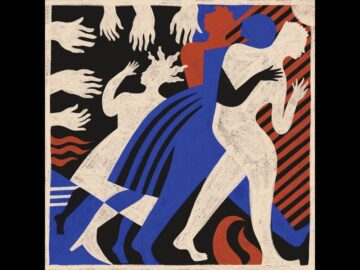Carolyn Eastman in Smithsonian:
 In 1796, when slavery remained both legal and common in New York, a white man named Aquila Giles set out to free Hannah, a 30-year-old woman he enslaved, and her daughter, Abigail, who was about 5. The manumission deed he signed declared his commitment “to serve the cause of humanity by promoting the liberation of such slaves as manifest a disposition to become useful members of society.” But he also put severe limits on Hannah’s and Abigail’s liberty. Hannah, he explained, would receive her freedom six years later—if she continued “to behave with fidelity and zeal in my service.” Abigail would not gain her freedom until 1820, when she would arrive at the age of about 29.
In 1796, when slavery remained both legal and common in New York, a white man named Aquila Giles set out to free Hannah, a 30-year-old woman he enslaved, and her daughter, Abigail, who was about 5. The manumission deed he signed declared his commitment “to serve the cause of humanity by promoting the liberation of such slaves as manifest a disposition to become useful members of society.” But he also put severe limits on Hannah’s and Abigail’s liberty. Hannah, he explained, would receive her freedom six years later—if she continued “to behave with fidelity and zeal in my service.” Abigail would not gain her freedom until 1820, when she would arrive at the age of about 29.
Manumitted in the name of humanity and yet still unfree: Enslaved people like Hannah and Abigail lived for years in this limbo, as did thousands of other Black people in several Northern states during the early Republic. Their extraordinary stories and those of 300 other Black New Yorkers are accessible online for the first time, now that the Museum of the City of New York has digitized a collection of manumission records dating between 1785 and 1809. These legal documents reveal that the horrors of slavery were not confined to the South. In fact, while some enslaved people in the so-called free states of the North were manumitted—freed individually by their enslavers—without restrictions, others like Hannah and Abigail had to wait decades to enjoy freedom. Yet as much as these documents illustrate white New Yorkers’ reluctance to end the institution of slavery, they also underline the bold efforts by African Americans to free themselves, one person at a time.
More here.
Enjoying the content on 3QD? Help keep us going by donating now.
